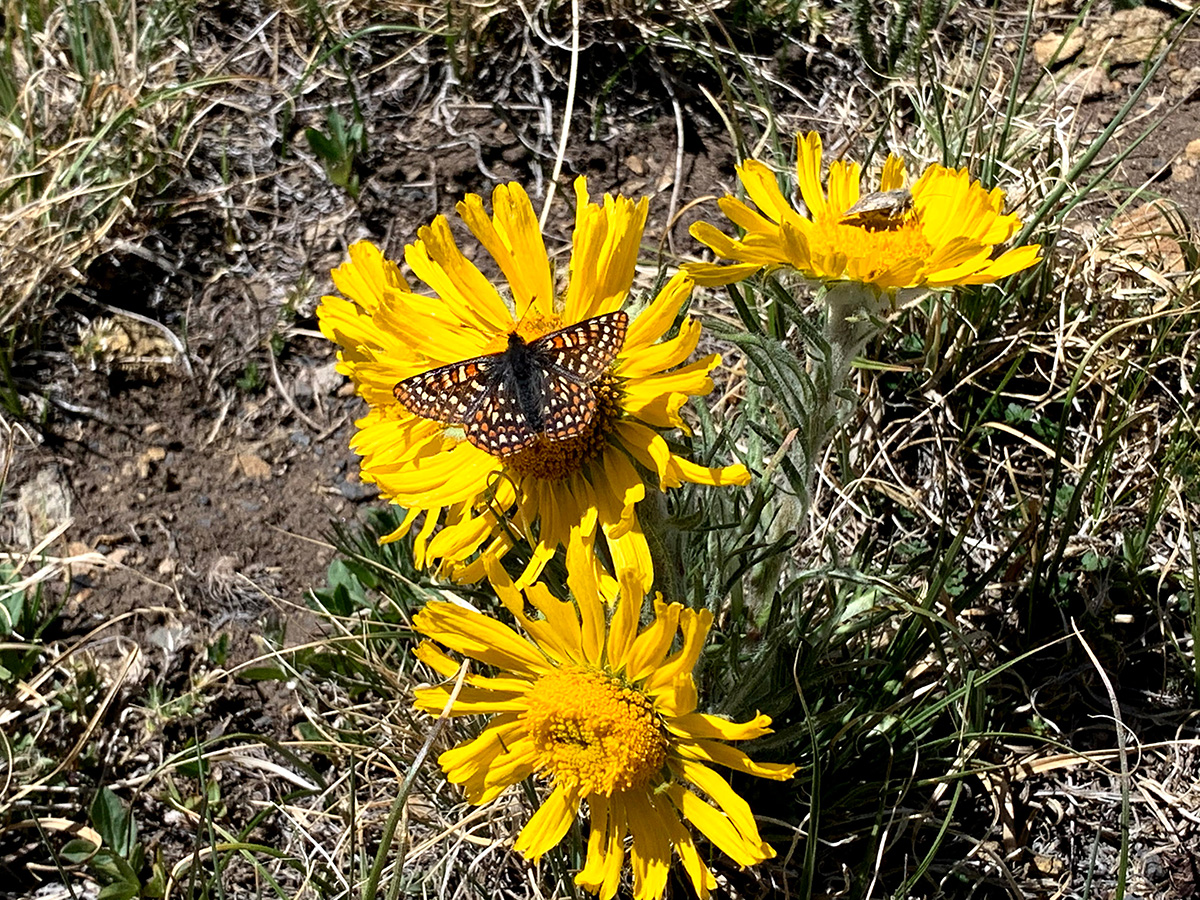OBJECTIVE 1. Understand and document alpine plant diversity >
TARGET 2:
Create a list of all known alpine plants of North America that highlights alpine plants whose conservation status is ranked G1/T1 – G3/T3 by 2022.
A definitive list of online flora providing the scientific names for 300,000 species of plants has been created as a result of the work done for the Global Strategy for Plant Conservation (GSPC). The list of alpine plants known to occur within North America will be built from various sources such as the online Flora of North America, the PLANTS database administered by the U.S. Department of Agriculture and other alpine specific resources. Additional online resources will include the Global Observation Research Initiative in Alpine Environments (GLORIA), and the Rock Garden Plant Database. Online herbarium specimen databases covering areas that align with mapped alpine habitats such as the Global Biodiversity Information Facility (GBIF) and iDigBio will also be used.
The compiled list for alpine plant species within North America will be compared to the NatureServe database to determine conservation ranks for all taxa. Those with a global rank of G1/T1 – G3/T3 will be highlighted.
Progress
The North American Alpine Plant List is available here, with regional lists currently being reviewed by local experts. See below.
Approach
Knowing what species occur in the alpine areas of North America is essential to our conservation goals. Over the past several years, staff and interns at Betty Ford Alpine Gardens and Denver Botanic Gardens have been combing through resources including local field guides, Plants of the World Online (an online database published by the Royal Botanic Gardens, Kew), The Flora of North America, the PLANTS database from the US Department of Agriculture, and more to develop the Alpine Plant List.
One challenge has been how to reconcile taxonomic nomenclature, aka how plants are named. Many taxa of plants go through name changes over the years as we continue to develop our understanding of their place on the genetic tree. For example, did you know that the scientific name for Old-Man-of-the-Mountain is currently Hymenoxys grandiflora, but previously, it has gone by Tetraneuris grandiflora, and before that, Rydbergia grandiflora? It is important that we keep track of all the synonyms and former names for each taxon so that when we look at historical records, we know who we’re talking about.
The final step was to add in the conservation status for each species, which is obtained from NatureServe, a non-profit organization that is a hub of conservation knowledge and data.
Results
The North American Alpine Plant List is available here. Regional lists are currently under review but are available for viewing here: Alaska, Alberta, Arizona, British Columbia, California, Colorado, Idaho, Labrador, Maine, Montana, Nevada, New Hampshire, New Mexico, New York, Newfoundland, Northwest Territory, Oregon, Quebec, Utah, Vermont, Washington, Wyoming, and Yukon.
Note that sources and/or reviewers sometimes disagreed on which plant taxa should be considered alpine, due to varying definitions of the term alpine or due to questions around species’ distributions. At this time, we have opted to err on being overly-inclusive. In addition, taxonomic disagreements sometimes exist amongst sources. We attempted to reconcile these disagreements using Plants of the World Online and NatureServe Explorer and, as a result, our list does not always mirror the lists of sources consulted.
Also, taxa lists represent a snapshot in time: taxa are reclassified due to genetic analysis, plant names occasionally revert to an earlier published name, species are newly described to science, range expansions occur, species become locally extirpated or extinct in the wild, and occasionally species presumed extinct are found. Maintaining currency is challenging as the list is ever-evolving. We welcome any feedback. Please email Emily Griffoul, Conservation Scientist at Betty Ford Alpine Gardens at emily(at)bettyfordalpinegardens(dot)org.
Team Members
- Jen Toews, Assistant Manager, Plant Records, Denver Botanic Gardens
- Mike Kintgen, Curator of Alpine Collection, Denver Botanic Gardens
- Emily Griffoul, Alpine Strategy Coordinator & Betty Ford Alpine Gardens Conservation Scientist

